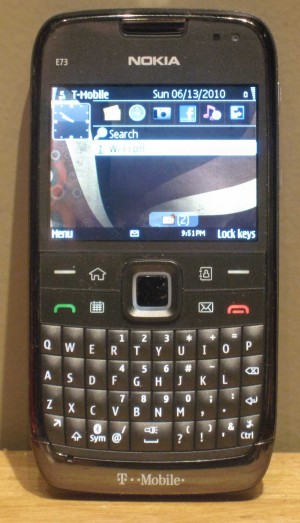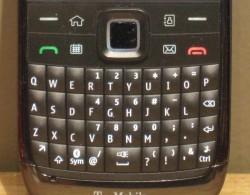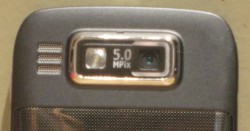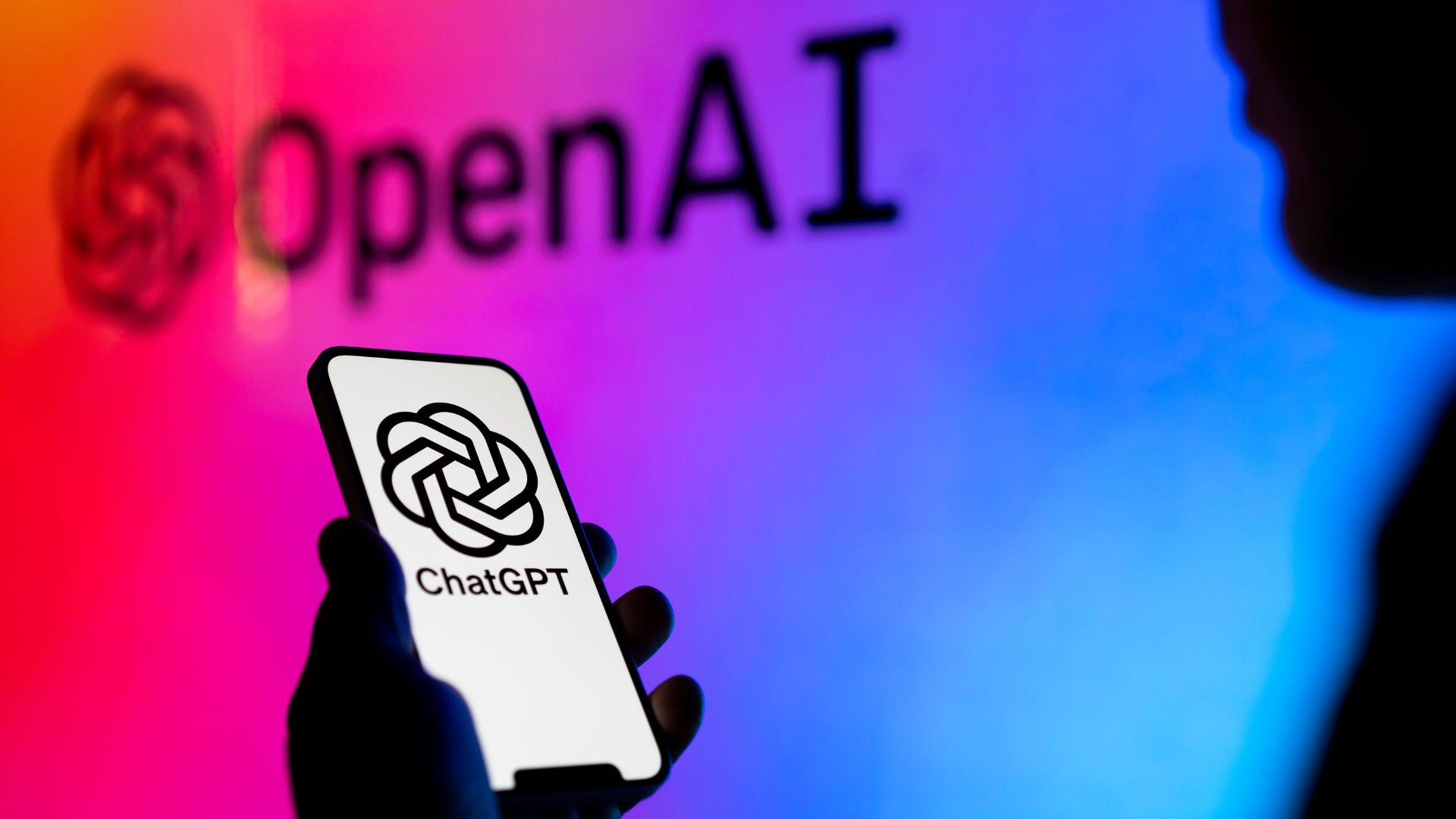Nokia E73 Mode Hands-on: Better Bargain Than a BlackBerry?

Today, Nokia announced the E73 Mode, its newest smart phone on T-Mobile's network. On sale on June 16 for $69 (and a 2-year contract), this smart phone is aimed at those who are looking for an inexpensive replacement for a messaging-centric phone such as a Blackberry. It has a full QWERTY keyboard, a 2.4-inch screen, a 5-megapixel camera, access to Nokia's Ovi App Store, and free navigation with Ovi Maps.
The Mode part of this phone's name comes from the fact that you can easily toggle between customizable home screens "that help promote a work-life balance." Although the user interface of this phone will seem downright ancient to some, the E73 Mode does offer pretty good bang for your buck.
Check out our impressions below.
For the most part, the E73 looks similar to the E71 and E72 and is equally compact. The E73 measures 4.5 x 2.3 x 0.4 inches (the same as the previous models) and weighs 4.5 ounces; it definitely feels like a very dense piece of electronics. Like the earlier versions, the metal case looks very stylish, and slides into a pocket with ease.
The 2.4-inch screen may be small by smart phone standards these days, but its 320 x 240-pixel resolution display was excellent. Photos and videos were bright and crisp, even if we had to squint to see them.
On the upper left side of the phone is a micro USB port and a microSD car slot. On the right are volume control and a select button, and on the top is a 3.5mm headphone jack and the power button. On the back, the lens for the 5-megapixel camera protrudes slightly, and is bordered in chrome.
Keyboard Layout
Stay in the know with Laptop Mag
Get our in-depth reviews, helpful tips, great deals, and the biggest news stories delivered to your inbox.
The layout of buttons below the screen is a lot more intuitive than on the E72. For example, instead of trying to cram the Home and Calendar buttons between the left soft key and the Call button, the buttons are to the right. The optical trackpad was slightly recessed, and was somewhat easy to use, although we sometimes had trouble moving the cursor around; we had to constantly adjust the amount of pressure we exerted.

As before, the E73 has a QWERTY keyboard, but it's more curved than the E72. Buttons on the QWERTY keyboard are rounded and backlit, making it easy to type even in the dark. However, the space button is small - just the width of two letter keys.
Operating System and User Interface
The E73 runs Nokia's Symbian S60 (version 9.3) operating system, which is rapidly becoming eclipsed by other mobile OSes. Nokia's interface looks somewhat crude by Android and iPhone standards; icons are basic, and text labels are pixilated. When the E71 launched, we liked the Mode feature, which lets you adjust the home screen based on whether you're at work or play. Since then, though, the two are intertwined even more; you're just as likely to use Facebook or Twitter to see what friends are doing as you are to promote your company.
There are other small oversights, too. For example, while it was a simple affair to sync our Gmail account (the phone also has presets for Yahoo Mail, Hotmail, Exchange, and Lotus Notes Traveler), it didn't import our Google calendar into its calendar app. Considering there's a dedicated button for this app, not being able to integrate other calendars seems a big omission.

Camera and Navigation
The 5-megapixel camera (which protrudes slightly from the back of the phone) took decent photos, even in darker conditions. While the autofocus took about 2 to 3 seconds to fix on what we were shooting, the flash was bright, and illuminated the subject well.
The E73 comes with free Ovi Maps with voice navigation and city guides, but it's doubtful that you'll use it for more than the most basic of searches. For one, the screen is so small that using the phone as a GPS device while driving would be difficult. The E73 took about 1 minute for it to fix our location, but it was very accurate, locating us within half a block of our position--even giving a street address. However, it tended to "roam" up and down the block, even when the phone was stationary.
In terms of driving directions, Ovi Maps is not nearly as functional as Google Navigation. Maps look more basic than Google's, and getting directions to a specific address was much more difficult. We wanted to get from our apartment to our office, so we selected "set destination." The options offered are "Search" and "From Map"; since it would be too tedious to scroll all the way to Manhattan, we selected Search and typed in "1410 Broadway." The results were a list of ambiguous destinations up and down Broadway, in some cases several miles from where we wanted to go.
Web Browsing and Battery Life
Speeds over T-Mobile's EDGE network were mixed. Web pages load times were on the slow side (ESPN mobile: 12 seconds, NYTimes mobile: 16 seconds, Laptopmag.com: 36 seconds), but a YouTube video ("BP Spills Coffee") started streaming within a few seconds, and audio was synced with video.
Nokia estimates that the E73 will get about 12 hours and 30 minutes of talk time over GSM and about half that using WCDMA; standby time is an estimated 16 days.
As we mentioned, the phone will go on sale on June 16 for $69 with a two-year T-Mobile contract. Stay tuned for our full review.
Michael was the Reviews Editor at Laptop Mag. During his tenure at Laptop Mag, Michael reviewed some of the best laptops at the time, including notebooks from brands like Acer, Apple, Dell, Lenovo, and Asus. He wrote in-depth, hands-on guides about laptops that defined the world of tech, but he also stepped outside of the laptop world to talk about phones and wearables. He is now the U.S. Editor-in-Chief at our sister site Tom's Guide, where he oversees all evergreen content and the Homes, Smart Home, and Fitness/Wearables categories for the site..
